An Art Form 5,000 Years in the Making
All but lost in the East, the essence of an age-old culture rises in the West. This is Part 1 of a nine-part series that explores traditional Chinese culture to reveal a deeper understanding of the genius of New York-based classical Chinese dance company Shen Yun Performing Arts.
Classical Chinese dance is one of the most complex, expressive, and demanding art forms in the world, and New York-based Shen Yun Performing Arts has a mission to revive this divinely inspired culture.
For thousands of years in China, dance has been passed down through performances in the imperial court. Since ancient times, one conviction has remained—the Chinese people believe their traditional culture is a gift from the divine. Classical Chinese dance is part of that heritage.
“Even in ancient times we find dance,” said Ms. Yi Cao, a former judge with New Tang Dynasty Television’s Chinese International Classical Dance Competition, in a comprehensive video about classical Chinese dance on the Shen Yun Performing Arts website.
“When people were happy, the movements of the hands and feet became dance.”
Classical Chinese dance is a pure, unique, and complex art form, 5,000 years in the making. Each of China’s many dynasties brought with them their own distinct styles of dance. As the dynasties changed, the gems of each era became incorporated into the main body of classical Chinese dance.
“It’s a kind of cultural foundation that has been passed down, the Chinese people’s own treasure passed down over the generations all the way to today,” said Ms. H. Sue Guo, vice president of Fei Tian College, the first school in the United States that provides systematic college-level training in classical Chinese dance, in the video on classical Chinese dance.
For 5,000 years, many traditions in China were intricately connected, such as martial arts, folk dance, and acrobatics. With the passing of time, they became part of a single art form. Many strains of the Chinese culture became incorporated into classical Chinese dance. As a result, alongside ballet, classical Chinese dance stands as one of the world’s complete schools of dance with its own theories, techniques, and forms of expression.
The core of classical Chinese dance is made up of three main components: technical skill, form, and bearing.
Technical Skill
The technical part of classical Chinese dance features an array of leaps, jumps, twists, splits, spins, and tumbling techniques. While many of these skills are seen in other art forms like gymnastics and acrobatics, they actually originate from classical Chinese dance.
“In traditional Chinese culture, the martial and the civil were interconnected. In martial arts, there are striking and flipping techniques that came from ancient battlefields,” said Mr. Gu Yun, a principal dancer and choreographer for Shen Yun Performing Arts, in the video.
“They were used for fending off blows and such. All these are the most traditional ways of using strength.”
After these martial arts techniques were passed down, they became incorporated into the artistic performances of imperial courts and classical Chinese dance.
Form: How Method Leads Movement
In classical Chinese dance, form refers mostly to movements and the movements’ actual path. The concept of the circle and circular motion is a central element of form and specific to classical Chinese dance. Ballet, in contrast, emphasizes the concept of the line.
“We stress the importance of what we call ‘roundness.’ In Eastern philosophy, there is a saying—‘beauty in roundness.’ The path of the movements needs to be circular,” said Yungchia Chen, a principal dancer and choreographer with Shen Yun Performing Arts, in the video.
Classical Chinese dance emphasizes the integration of the whole body. Dancers are taught to mind every detail—how the hands move up and down, how the body, the head, and the eyes move, how to use one’s breath, what the natural points of rest and relaxation are—all of these play into the making of a single movement.
Form in classical Chinese dance is not only movement, but method as well. Movement itself integrates key elements: twisting, leaning, roundness, and flexion. The inner complexity of classical Chinese dance reveals itself in layers—yet the final performance appears simple, pleasant, and graceful.
The simple grace of classical Chinese dance is full of expression and meaning. This unique quality is created by emphasizing a unique characteristic called physical “yun,” or bearing.
Bearing: How Spirit Leads Form
Bearing in classical Chinese dance can best be described as a sort of inner spirit. A dancer adds depth of emotional expression to each movement by emphasizing breath, intent, his or her own personal aura, and other intangible elements. The combination of these elements can infuse the same movement with different meaning and energy depending on the character.
“For example, Mulan is a very distinctive character,” said Michelle Ren, Shen Yun principal dancer and choreographer, in the video.
“On the battlefield she’s a female general, so her movements reflect the power and dignity of a female general. But the same movement, when she’s caring for her elderly father at home, is that of a humble young lady.”
The characters portrayed in China’s epic stories all have inner depth and represent universal values. Thus, in order to portray these characters, a dancer must have a deep understanding of the values represented and be able to fully embody them. A dancer who lacks filial piety, courage, respect, and other upright character traits would be unable to perform the role of the famous characters from Chinese history.
“You need them [traditional values] if you want to dance Chinese dance well,” explains Shen Yun principal dancer Chelsea Cai in an artist profile on the Shen Yun Performing Arts website.
“It’s not just something shallow; you really need something on the inside and a deep understanding to be able to present something nice on the outside.”
Nearly every dance performance in China’s mainland today lacks this central characteristic—the refined bearing essential to true art.
“After the Cultural Revolution, on the surface it looked like there was still classical Chinese dance, but its inner spirit of traditional culture was replaced with extolling communism,” said Yungchia Chen.
The Epoch Times is a proud sponsor of Shen Yun Performing Arts, which will perform an all-new 2012 program at Lincoln Center’s David H. Koch Theater January 11–15. To learn more about Shen Yun Performing Arts and Chinese culture, view a calendar of Shen Yun’s 2012 world tour, and for ticket information, please visit www.shenyunperformingarts.org

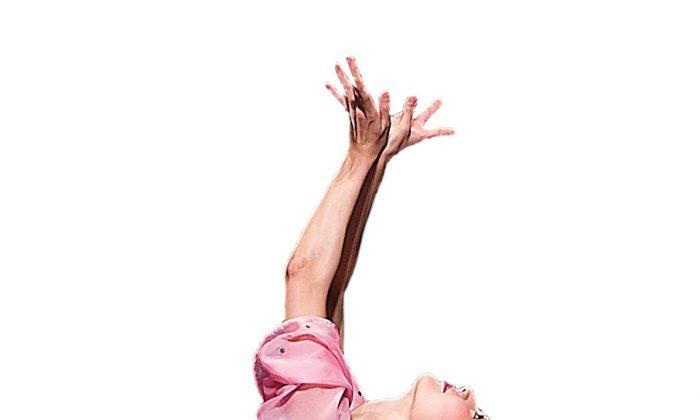



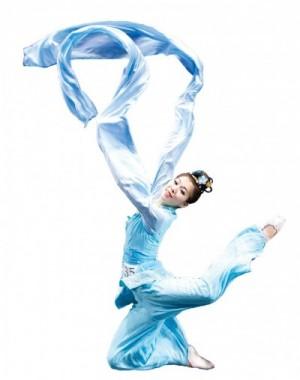
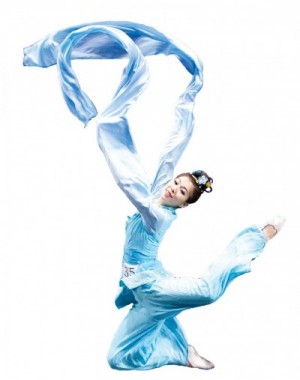

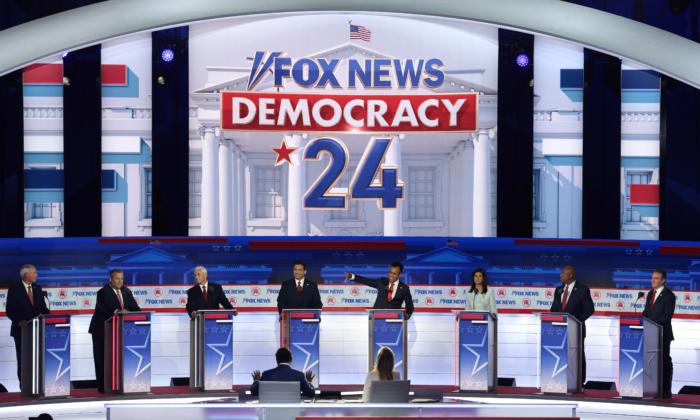
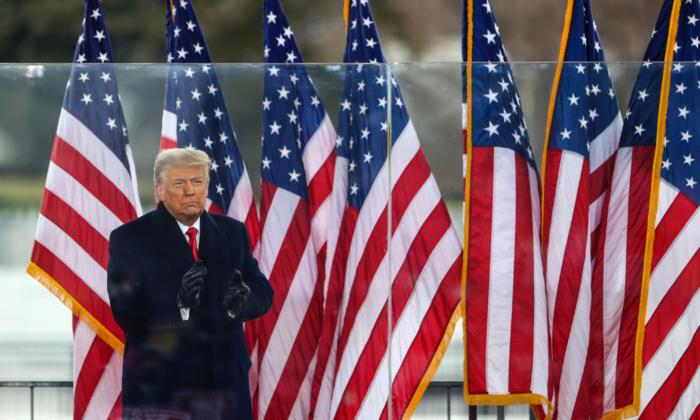
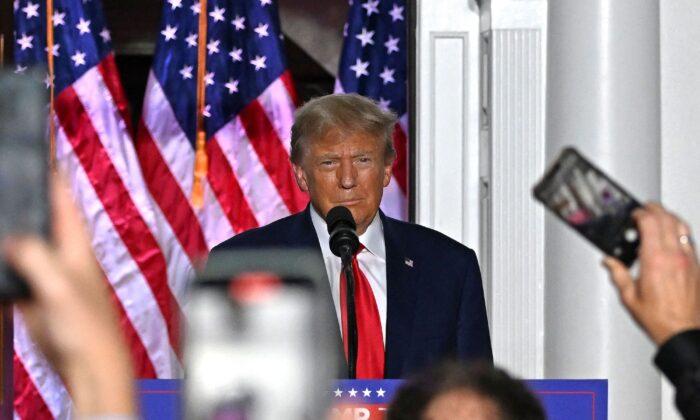
Friends Read Free